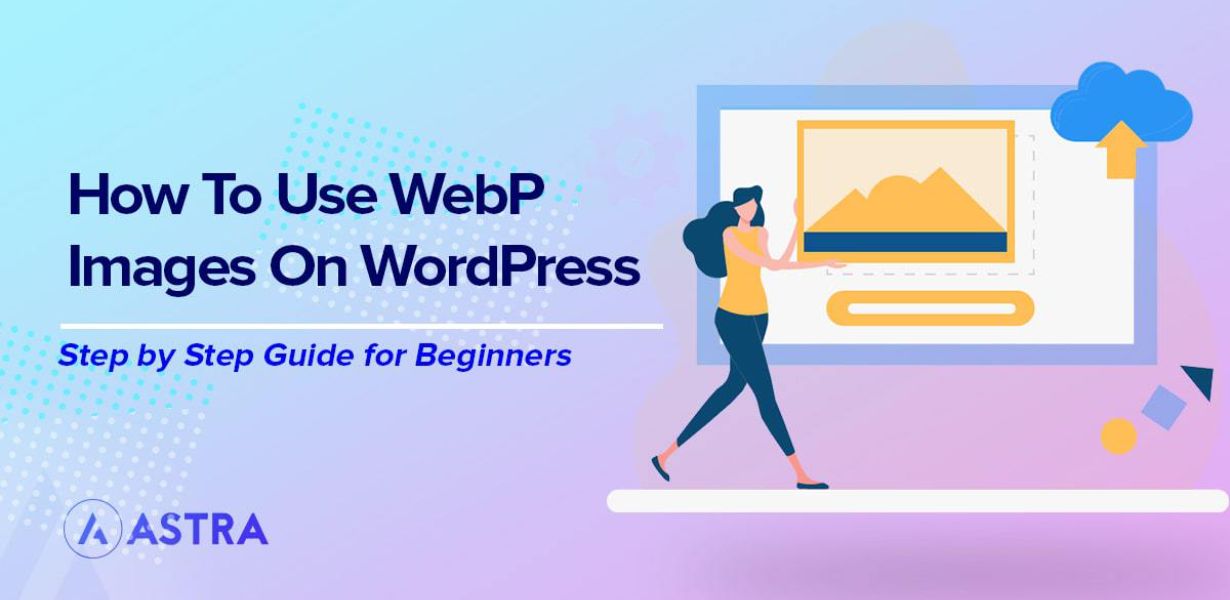
Supercharge Your Website’s Performance with WebP: A Responsive Images Masterclass
- Post
- August 7, 2023
- Mobile & Responsive, Responsive Images, Web Design
- 0 Comments
Welcome to our comprehensive masterclass on using WebP format for responsive images to supercharge your website’s performance. In today’s fast-paced digital world, having a high-performing website is crucial to attract and retain users. With the increasing number of users accessing websites from various devices with different screen sizes, it’s essential to optimize your images for responsiveness.
In this masterclass, we’ll delve into the world of WebP, an innovative image format that promises better compression and superior image quality. We’ll explore how to implement responsive images using WebP, the benefits it offers, and how you can leverage this powerful technique to outrank your competitors in search engine rankings.
Understanding the Need for Responsive Background Images:
Responsive background images are a key element of modern web design. As users browse the web on devices with varying screen sizes, responsive images ensure that the background adapts and scales seamlessly, providing an optimal viewing experience. With WebP, you can achieve faster loading times and reduced bandwidth usage, leading to improved user satisfaction and higher search engine rankings.
Embracing WebP: The Ideal Format for Responsive Images:
WebP is a cutting-edge image format developed by Google, specifically designed for the web. It combines both lossless and lossy compression, resulting in significantly smaller file sizes compared to traditional formats like JPEG and PNG. The smaller file sizes enable faster loading times and reduced data consumption, making it a perfect choice for responsive background images.
Benefits of WebP for Responsive Images:
WebP brings a plethora of advantages to the table. Let’s explore the key benefits that make WebP a game-changer for responsive images:
Superior Compression: WebP’s advanced compression algorithms preserve image quality while drastically reducing file sizes. This ensures faster loading times, especially on mobile devices with limited bandwidth.
Improved Page Speed: With smaller image files, your website’s overall performance improves, leading to better user experience and search engine ranking.
Browser Compatibility: Most modern browsers now support WebP, ensuring a broader reach for your responsive images.
Google’s Favor: Given that Google developed WebP, it’s no surprise that websites utilizing this format may receive a slight SEO boost, contributing to better search engine rankings.
Implementing WebP for Responsive Images:
Now that we understand the benefits of WebP let’s delve into the process of implementing it for responsive images on your website:
Check Browser Support: Before diving in, ensure that the majority of your target audience uses browsers that support WebP. While major modern browsers support it, it’s essential to offer fallbacks for older browsers.
Converting Images to WebP: Use image optimization tools or plugins to convert your existing images to WebP format. This ensures that your images are appropriately compressed and compatible with WebP-supported browsers.
Adding Picture Element in HTML: To serve different image formats based on the user’s browser capabilities, use the “picture” element in your HTML code. This allows you to provide fallback options for browsers that do not support WebP.
Overcoming Challenges:
While WebP offers numerous advantages, it’s crucial to address potential challenges:
Browser Fallbacks: Ensure graceful degradation for browsers that do not support WebP by providing alternative image formats like JPEG or PNG.
Server Configuration: Configure your server to serve WebP images when requested by compatible browsers. This requires proper configuration to ensure smooth delivery.
Analyzing Performance Gains:
After implementing WebP for your responsive images, use tools like Google PageSpeed Insights or Lighthouse to analyze your website’s performance. These tools will provide insights into the gains achieved and areas where further optimization is needed.
Common Misconceptions about WebP:
Let’s debunk some common myths surrounding WebP:
Loss of Quality: While WebP uses compression, it maintains a high level of image quality, often indistinguishable from the original.
Limited Browser Support: While it was once a concern, WebP is now widely supported, making it a viable choice for responsive images.
Final Words:
By incorporating WebP and optimizing your responsive images, you can elevate your website’s performance to new heights. Embrace the power of WebP to ensure faster loading times, improved user experience, and enhanced search engine rankings. Outrank your competitors and delight your users with visually stunning and blazing-fast responsive images.
Commonly Asked Questions:
Q1. Are WebP images supported across all major browsers?
A1. Yes, most modern browsers, including Chrome, Firefox, Edge, and Opera, support WebP. However, it’s essential to provide fallback options for older browsers that do not support this format.
Q2. Does using WebP impact my website’s search engine ranking?
A2. While WebP itself may not directly impact rankings, faster loading times and improved user experience can indirectly contribute to better search engine rankings.
Q3. Can I convert my existing images to WebP format?
A3. Absolutely! Various image optimization tools and plugins allow you to convert your existing images to WebP format seamlessly.
Q4. Will using WebP compromise image quality?
A4. No, WebP’s compression algorithms are designed to maintain image quality while reducing file sizes, resulting in visually appealing images.
Q5. Is it necessary to use WebP for all images on my website?
A5. While using WebP for most images is beneficial, it’s essential to offer fallbacks for browsers that do not support this format to ensure a smooth user experience for all visitors.




